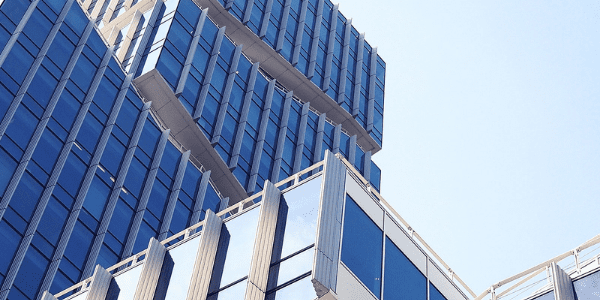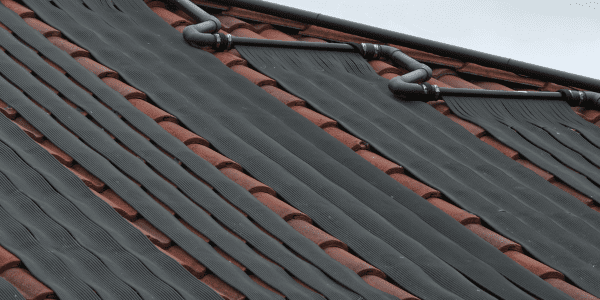
Haunted by the Specter of Unidentified Energy Measures
“Close, but no cigar!” Is that sort of attitude acceptable for your company? So why do so many groups accept this sort of thinking in their building designs? When designing a building, there are thousands of combinations of potential architectural, mechanical, and electrical features that will have an impact on the building’s final energy consumption. Efficient systems and insulation levels are the obvious features decision makers use to improve efficiency in buildings. Choices like the building’s orientation, low solar heat gain coefficients (SHGC) on the east and west facing windows, or high SHGC with a properly sized overhang on south facing windows are commonly “off the table” due to their appearance and minor impacts on overall building performance.
Design Choices and Interaction Effects
A design analysis (on a 25,000 square foot office building with a length four times its width, located in La Crosse, Wisconsin) of possible combinations between those commonly “off the table” choices, showed the change between the best combination of those factors and the worst combination amounted to about a 2% difference on the entire building’s performance. That 2% may net you an additional LEED credit for Energy! Take note: placing low SHGC windows, which reduce solar heat gain, on the east and west facing glazing was not the best choice as is commonly expected.
It’s Like Alchemy: Turning Silver into Gold
It seems like it happens nearly every project. A decision is made to pursue LEED silver early in the design, and rather than try to squeeze every point out of the Energy and Atmosphere credits at the beginning, a standard design is chosen to save upfront costs. Then, halfway through construction, the building owner sees the light, (“we’re SO close to that next level”) and suddenly gold certification is back on the table. However, the potential credits list has shrunk considerably and the only ones remaining are either expensive, difficult, or both!
What can YOU do about it?
Pursue every point you can in the early stages of the design process, especially if incremental costs are minor! This is even more important in LEED 2009 where Energy and Atmosphere credits amount to about a third of the possible points! Many simple things done upfront add up to a complex building. Effective use of simulations lets the designers go after as many points as possible during the early stages of design. Although systems and controls are almost always the biggest hitters (see LEED Brief “Hitting the Energy Long Ball”), a focus on the early architectural details will pay dividends over the long haul. Late in the process, it can be extremely expensive (if not impossible) to change your mind to try and achieve the next level up in LEED certification. It is much easier to aim for the sky and shed difficult or expensive credits along the way than it is to pick the scraps off the bone towards the end.




